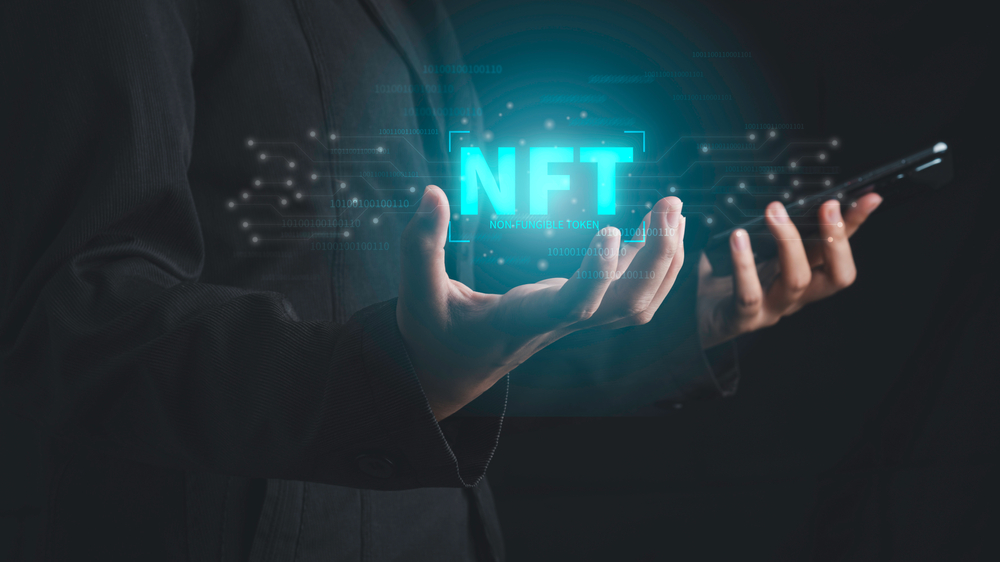For many years, ticker symbols and conventional asset groups like real estate and commodities were the primary drivers of investing activity. But this is fast changing as chances for passionate investment in anything from digital art to sports videos to cat cartoons are becoming available.
Many individuals are concerned about the current trend of investing in non-fungible tokens, which is called non-fungible tokenization (NFTs). While non-fiber technologies (NFTs) can be digital things (e.g., drawings, music, and games), the majority of current interest is in leveraging technology to encourage digital art.
The inventor and CEO of Twitter, Jack Dorsey, auctioned his very first tweet in a charitable auction (NFT). It was first called “Start my twttr” and released under this title on 21 March 2006. The tweet was bought using ether, a cryptocurrency and sold at the end of the auction for a total of USD 2.9M.
In addition, Elon Musk, the CEO of Tesla and SpaceX, withdrew an option to sell one of his NFT tweets, although a bidder had spent more than US$1 million for digital assets in the previous year alone.
Alternatively, one New York Christie’s auction buyer paid Mike Winkelmann 69.4 million US dollars for NFT artwork at a recent Christie’s auction in New York (Beeple). In terms of sales, this was the third greatest amount ever achieved by a live act.
A non-fungible token (NFT) is a piece of data recorded on a digital ledger or blockchain that may be used to establish ownership of a single digital object. A non-fungible token can be used to establish ownership of many digital items. Files submitted to auction platforms, such as digital artwork, typically result in the creation of NFTs.
This produces a digital blockchain record containing a reference to the crypto file represented by the NFT’s digital hash, which is then stored in the blockchain’s digital database. Following that, the tokens may be purchased and sold using the bitcoin currency.
NFTs have also been referred to as “Art Bitcoin.” As Bitcoin enabled the spending and preservation of a form of digital money without the need for a central authority, NFTs enables the digital representation of photos, movies, and music or anything else in a format that can be exchanged, saved, and validated without the need for a centralized authority or another gatekeeper.
Once an NFT has been manufactured, it may be digitally monitored at any point during its lifetime.
As a bonus, unlike a regular picture file, an NFT cannot be copied, giving it the cachet associated with a genuine piece of art. NFTs are not a new technology; they have been accessible since 2017 when Dapper Labs began selling them in the form of CryptoKitties, an original digital cat cartoon created by the company.
These cats only lived for a short period and were sold for tens of thousands of dollars until the public’s interest waned. The market for nonferrous metals (NFTs) will reopen in 2021 with greater trade volumes. Daily, it looks as though new data indicates that people value NFTs and are prepared to pay a premium for them.
In the last month, according to Music Business Worldwide, more than US$25 million in music purchases were made through non-traditional channels. Kings of Leon, an American rock band, has recently announced their upcoming No Fear Tour album.
Worldwide, investors are becoming increasingly interested in new categories of “things” or “valuable items” that have undergone significant market value rise over the years. This is especially true in the United States.
Collectors’ items are becoming increasingly popular as a viable alternative to traditional financial investments among investors. Collectibles are things that are worth far more than their initial purchase price and that may be acquired or sold by collectors.
Global financial managers have indicated that their clients would like guidance when it comes to investing in art and non-traditional asset classes, according to the Financial Times. When compared to stocks, bonds, and commodities, each work of art is a one-of-a-kind creation that cannot be copied or replicated again. The rarity of a work of art increases the value of the piece.
The emergence of non-financial institutions (NFTs) is a good instance of how investors want a variety of options for storing assets and betting on price movements. A shift in the emphasis away from traditional investments may result in a reallocation of investment space between merchants and institutional investors.
The acquisition of “things” in general may be considered in anticipation of a shift in the universe of assets categorized as alternative investments, as previously stated. Among the activities listed above are the acquisition of artworks, old albums, cigar rings, marbles, and coat hangers, as well as the construction of a more efficient digital version of the printed word.
The information provided on this website should not be interpreted as financial or investment guidance and may not embody the perspectives of Forex Tools Trader or its contributors. Forex Tools Trader does not hold responsibility for any financial setbacks experienced due to the use of information provided on this website by its writers or patrons. It's essential to thoroughly investigate and make informed decisions before entering any financial commitments, particularly concerning third-party reviews, presales, and similar ventures. The content you are viewing may be sponsored content, read our full disclaimer to learn more.



